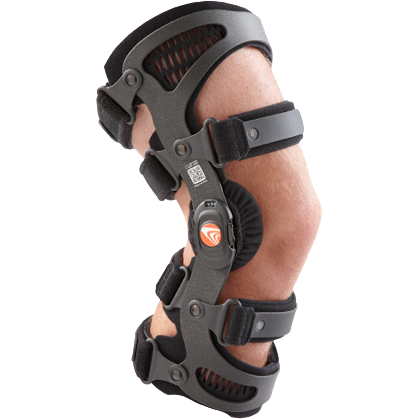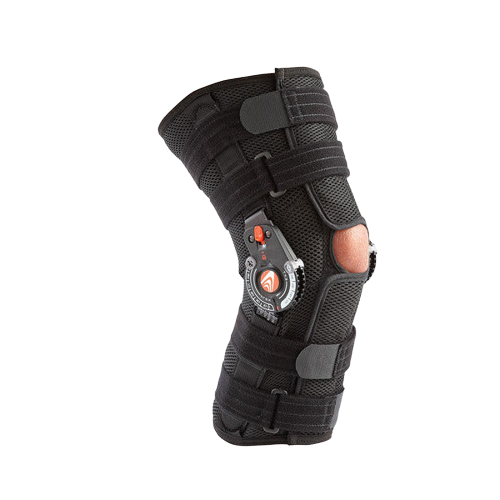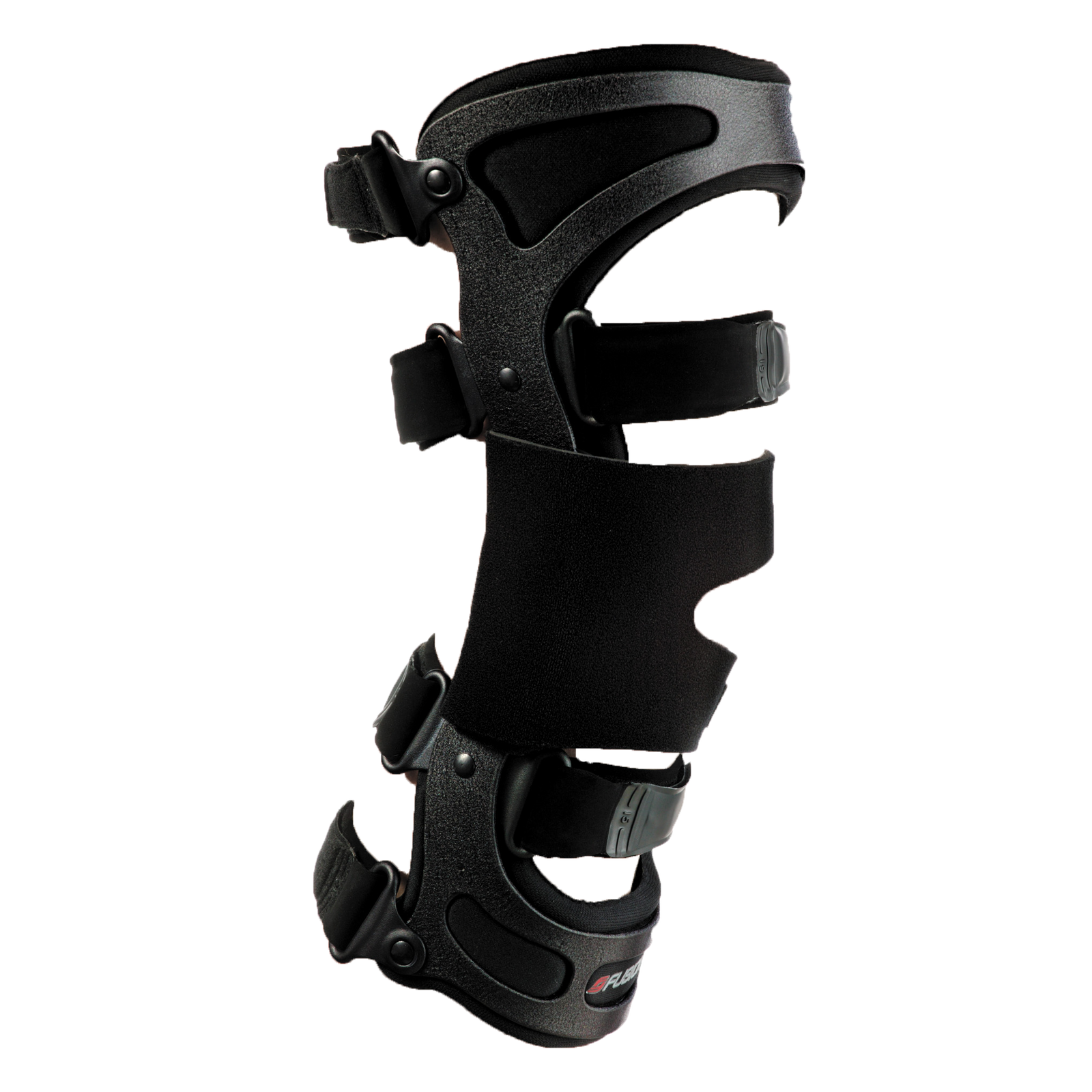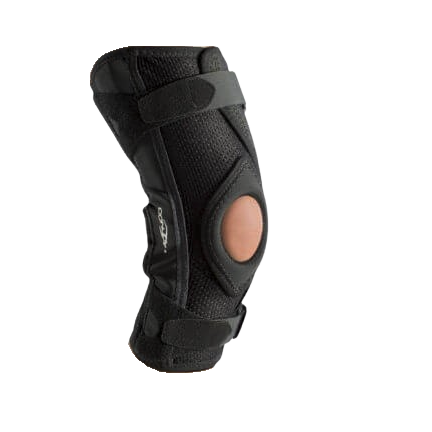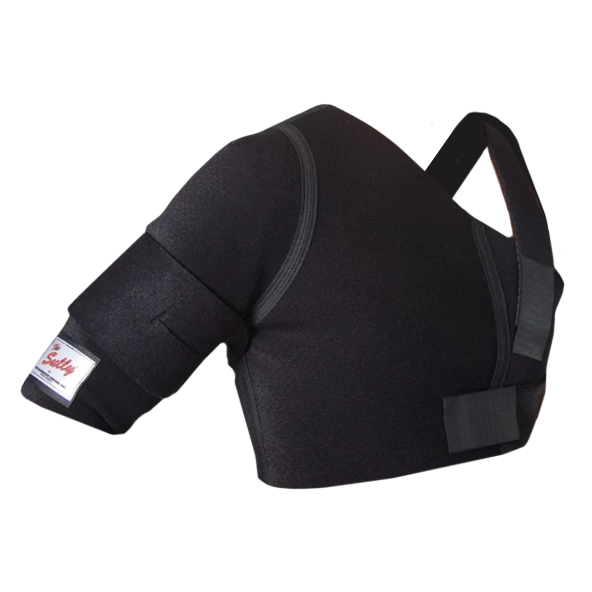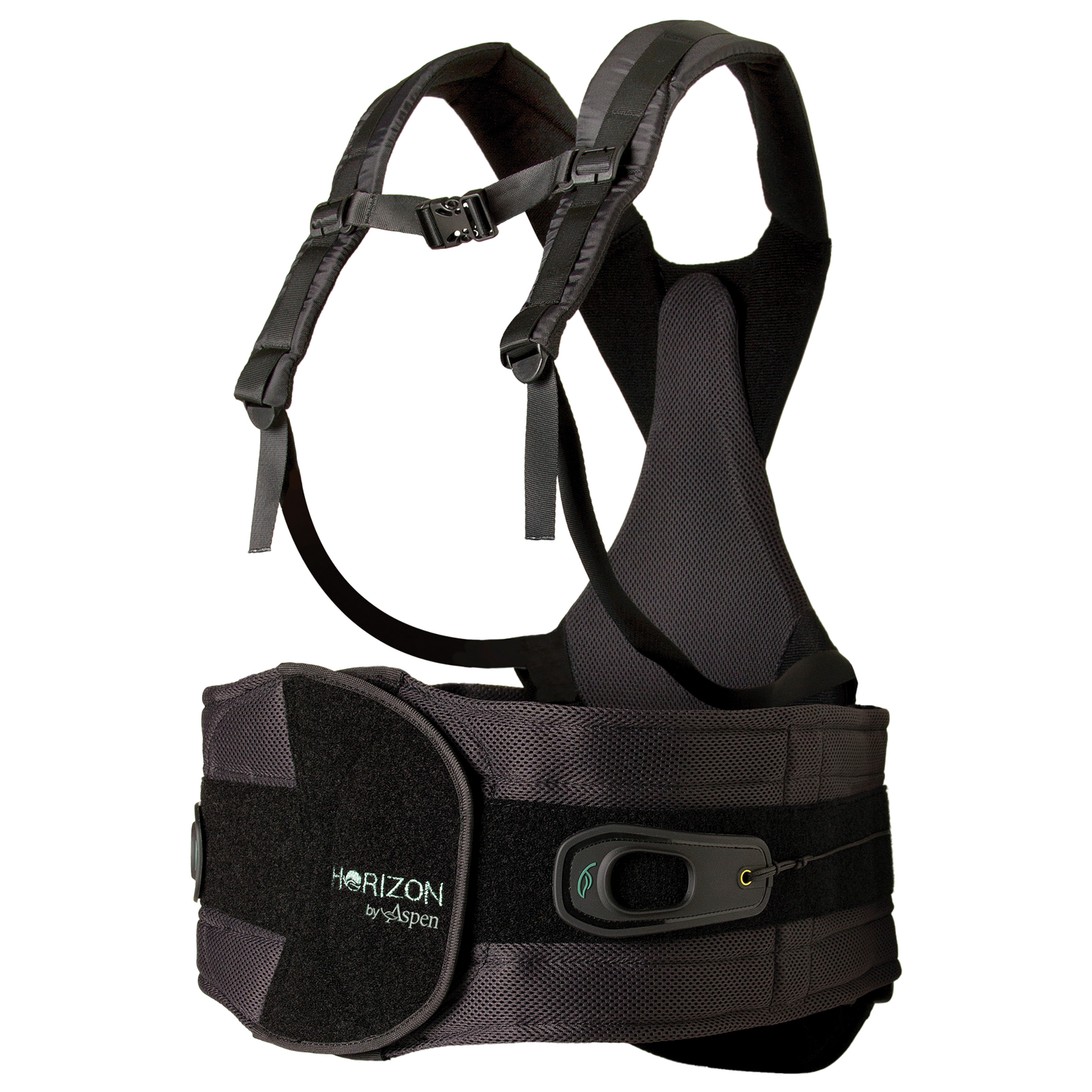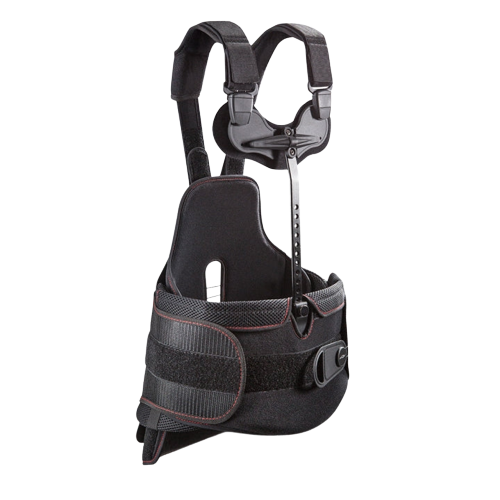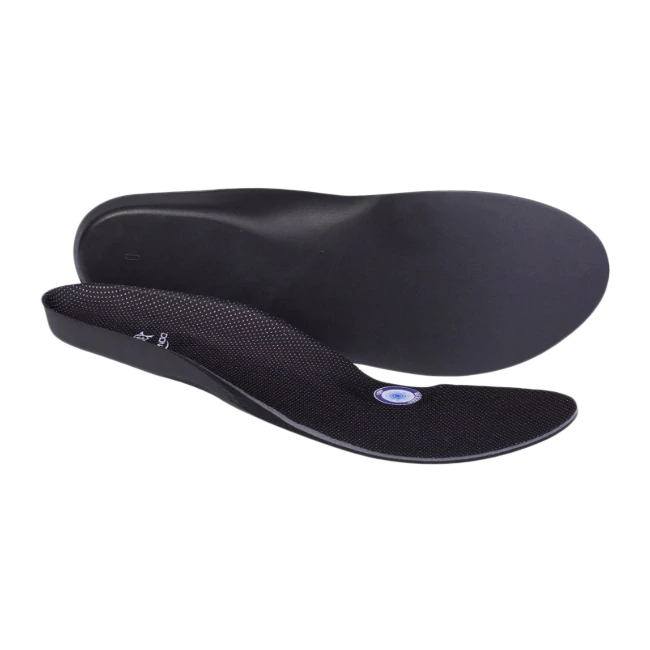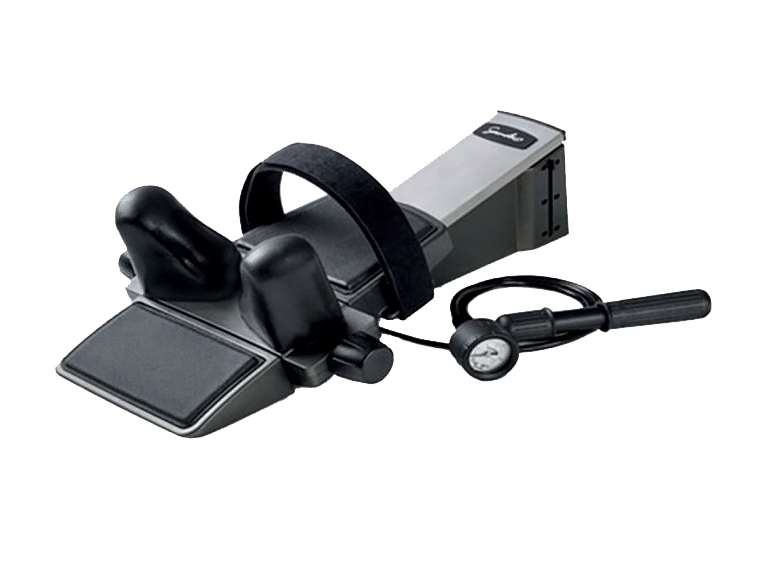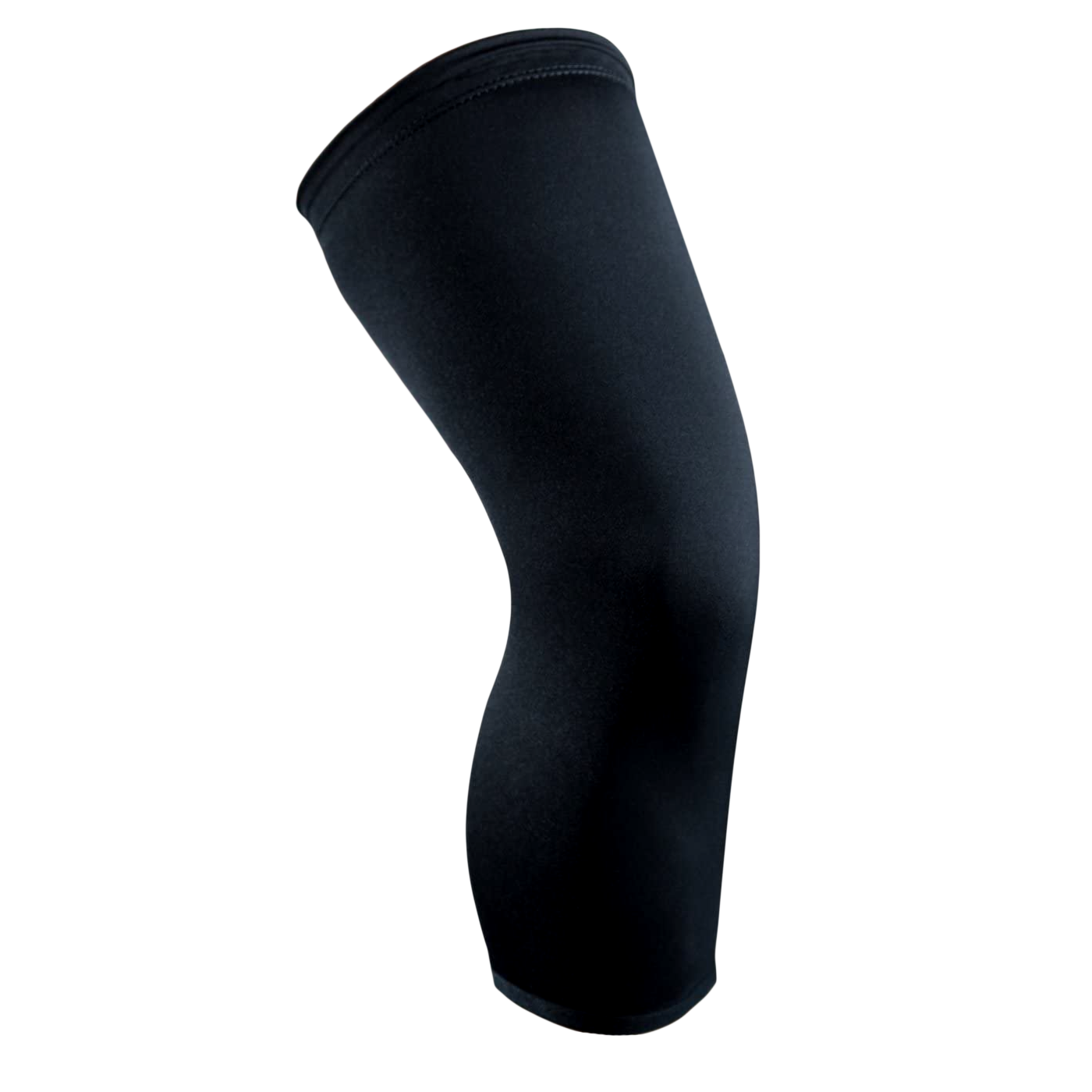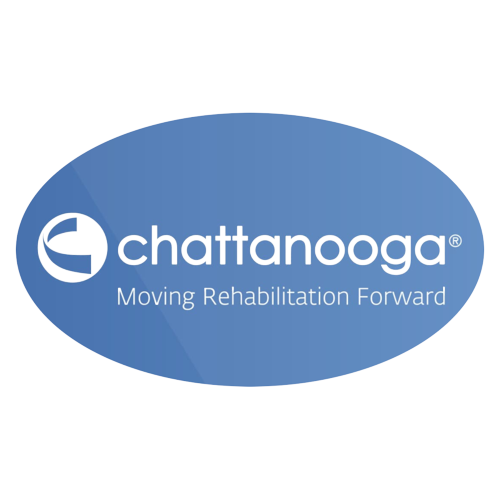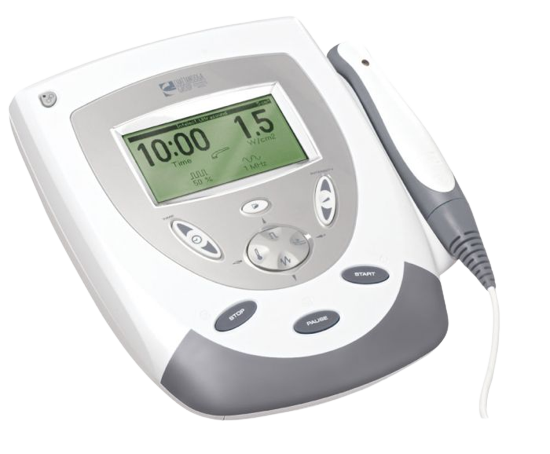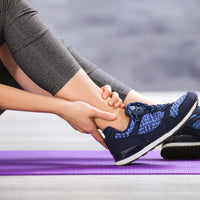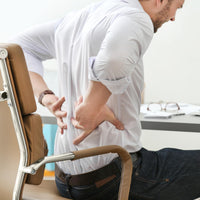
Key Takeaways:
- Understand the Recovery Phases: Recognizing the key stages of ACL recovery—initial post-surgery, early rehabilitation, and advanced rehabilitation—can help set realistic expectations for walking normally again.
- Prioritize Rehabilitation: Consistent physical therapy and home exercises are vital for regaining strength and mobility after ACL reconstruction, ensuring a smoother transition to walking without assistance.
- Monitor Progress: Keep track of milestones such as pain management, swelling reduction, and range of motion to determine the right time to progress from using crutches to unassisted walking.
At OrthoBracing, we’re here to support you through every step of your recovery journey. With high-quality braces and expert resources, we’re committed to helping you regain strength, stability, and confidence following ACL reconstruction so you can return to the activities you love.
Undergoing ACL reconstruction is a significant milestone, often accompanied by a range of emotions and questions. One of the most common concerns is, 'How long until I can walk normally again?' The anticipation of resuming daily activities—whether it’s sports, running, or simply enjoying life pain-free—can feel overwhelming as you navigate the healing process.
In this article, we’ll break down the recovery timeline for walking after ACL reconstruction, covering each phase of healing. From post-surgery milestones to tips for safe, effective rehabilitation, you’ll find insights to empower you in taking charge of your recovery and getting back on your feet with confidence.
Key Stages Of ACL Recovery: When Will You Be Able To Walk?
The journey back to walking and full mobility after ACL reconstruction involves a meticulously planned recovery process. Understanding the key stages of ACL recovery can provide you with a clearer outlook on when you can expect to take your first steps post-surgery. While individual recovery times may vary due to several factors, including the extent of the injury, your overall health, and adherence to a rehabilitation program, there are general timelines that most patients can anticipate.
Initial Post-Surgery Period (Weeks 1-2)
During the first two weeks post-operation, the focus is on reducing swelling, managing pain, and protecting the knee from further injury. Mobility will be significantly limited, and walking is generally not recommended without assistance. Patients are usually advised to use crutches or a knee brace during this period. This is a crucial time for rest and allowing the body to initiate the healing process.
Early Rehabilitation Phase (Weeks 2-6)
As you transition into the early rehabilitation phase, the goal shifts towards slight increases in knee mobility and beginning weight-bearing exercises under the guidance of a physical therapist. Around the 2-3 week mark, patients may start to walk short distances with crutches or a walker, gradually bearing more weight on the operated leg as comfort and stability improve.
Intermediate Rehabilitation Phase (Weeks 6-12)
By week 6, with approval from your medical team, you may begin to walk without crutches or a walking aid, though some individuals may require more time. The focus remains on strengthening the muscles around the knee and improving flexibility. During this phase, the healing process allows for more significant strides in regaining functionality and mobility, with continued emphasis on rehabilitation exercises.
Advanced Rehabilitation And Return To Normal Activities (Months 3-6)
Patients typically experience considerable improvements from three months onwards and may start to engage in more normal activities, including walking without discomfort. Full recovery and the return to sports or more strenuous activities will depend on the success of the ongoing rehabilitation program and the achievement of specific strength and flexibility milestones.
ACL Recovery Tips: How To Speed Up Your Recovery Safely
Recovering from ACL surgery can be a long and challenging journey. However, with the right approach, you can accelerate your recovery and return to your active lifestyle sooner. Here are some tips to help you speed up your recovery safely:
Prioritize Physical Therapy
- Regular Sessions: Commit to consistent physical therapy sessions.
- Home Exercises: Practice home exercises religiously as prescribed by your therapist.
- Listen to Your Body: Don't push yourself too hard. Gradual progression is key.
Nutrition and Hydration
- Balanced Diet: Consume a balanced diet rich in protein, carbohydrates, and healthy fats to fuel your body's healing process.
- Stay Hydrated: Drink plenty of water to keep your body hydrated and aid in tissue repair.
Adequate Rest
- Prioritize Sleep: Ensure you get enough quality sleep to allow your body to rest and recover.
- Manage Stress: Practice relaxation techniques like meditation or yoga to reduce stress and promote healing.
Ice Therapy
- Reduce Swelling: Apply ice to your knee regularly, especially during the initial stages of recovery.
- Follow Instructions: Follow your doctor's guidelines on how often and for how long to apply ice.
Compression
- Reduce Swelling: Wear a compression bandage or brace to minimize swelling and support your knee.
Elevation
- Reduce Inflammation: Elevate your leg above your heart whenever possible to reduce inflammation and swelling.
Patience and Persistence
- Long-Term Goal: Remember, recovery takes time. Be patient and persistent in your rehabilitation efforts.
- Celebrate Milestones: Celebrate small victories along the way to stay motivated.
Walking After ACL Surgery: Step-By-Step Milestones Explained
Recovering from ACL surgery and returning to walking can be a gradual process. Here's a general timeline to give you an idea of what to expect:
Initial Post-Surgery Period (Days 1-2)
- Limited Weight-Bearing: You'll likely be instructed to avoid putting weight on your injured knee.
- Crutch Use: Crutches will be your primary mode of mobility during this period.
- Gentle Exercises: Your physical therapist may introduce gentle range-of-motion exercises to prevent stiffness.
Weeks 1-2
- Increased Weight-Bearing: You may be allowed to gradually increase weight-bearing on your injured knee, still using crutches for support.
- Physical Therapy: Regular physical therapy sessions will improve range of motion, strength, and balance.
- Walking Practice: You'll start practicing walking short distances with the assistance of crutches.
Weeks 2-4
- Reduced Crutch Dependence: You may be able to reduce your reliance on crutches or even walk without them for short periods.
- Increased Walking: You can gradually increase the distance and duration of your walks.
- Balance Exercises: Your physical therapist may introduce balance exercises to improve stability.
Weeks 4-6
- Normal Walking: You should be able to walk normally without any assistive devices.
- Light Exercise: You may start incorporating light cardiovascular exercises, such as swimming or biking.
Months 2-6
- Progressive Exercise: Your physical therapist will gradually increase the intensity of your exercises.
- Sports-Specific Training: If you're an athlete, you may begin sports-specific training under the guidance of a qualified professional.
Remember:
- Individualized Recovery: Recovery times can vary depending on factors like age, overall health, and adherence to the rehabilitation plan.
- Listen to Your Body: Don't push yourself too hard. If you experience pain, rest and consult your doctor or physical therapist.
- Follow Your Physical Therapist's Guidance: Your physical therapist will create a personalized rehabilitation plan to help you achieve your goals.
When To Ditch The Crutches: Transitioning To Unassisted Walking After ACL Surgery
Recovering from ACL surgery involves careful management of your mobility as you heal. Transitioning from crutches to unassisted walking is a significant milestone in your recovery. Knowing when and how to make this transition can greatly impact your overall rehabilitation. Here’s a detailed guide to help you navigate this process.
Understanding Your Recovery Timeline
- Immediate Post-Operative Phase (Days 1-7):
- During the first week, you will focus on managing pain and swelling. Crutches are necessary to avoid putting weight on your leg.
- Early Mobility Phase (Weeks 1-2):
- You may begin partial weight-bearing with the guidance of your healthcare provider. Use crutches or a walker during this time.
Signs That You're Ready to Ditch the Crutches
Before transitioning to unassisted walking, consider the following signs:
- Pain Management:
- Pain levels should be manageable and reduced significantly during rest and activity. If you experience severe pain while weight-bearing, it may be too soon to stop using crutches.
- Swelling Reduction:
- Swelling in your knee should be minimal. If it remains swollen, it may indicate that your body needs more time to heal.
- Achieving Range of Motion:
- By the end of two weeks, you should aim for at least 90 degrees of knee flexion. Your physical therapist will assess your range of motion to ensure you progress adequately.
- Strengthening Exercises:
- You should be able to perform basic strengthening exercises, such as straight leg raises or gentle quad sets, without significant discomfort.
- Balance and Stability:
- You should feel stable standing on your operated leg and demonstrate good balance. Your physical therapist may conduct specific balance assessments to ensure you are ready.
How to Transition to Unassisted Walking
Once you’ve met the necessary criteria, follow these steps to transition smoothly:
- Gradual Weight Bearing:
- Begin by placing more weight on your operated leg while still using crutches. Gradually reduce your reliance on crutches as you gain confidence.
- Practice Walking with Crutches:
- Walk with crutches, focusing on your gait. Aim for a normal walking pattern. Take small, controlled steps to avoid overstraining your knee.
- Short Distances:
- Start walking short distances without crutches. Choose a safe environment, like a hallway or a flat area, and have someone nearby for support.
- Use a Walker or Cane (if needed):
- If you feel unsteady or need extra support, consider using a walker or a cane temporarily as you adjust to walking unassisted.
- Listen to Your Body:
- Pay attention to how your knee feels during the transition. If you experience pain or instability, return to using crutches and consult your physical therapist for advice.
Tips for Successful Transitioning
- Stay Consistent with Rehabilitation:
- Continue your physical therapy sessions and follow the exercises prescribed by your therapist to strengthen your knee and improve stability.
- Practice Walking Mechanics:
- Focus on your walking form. Keep your weight evenly distributed, engage your core, and take smooth, steady steps.
- Avoid Uneven Surfaces:
- Stick to flat, even surfaces while transitioning to reduce the risk of falling or straining your knee.
- Engage in Supportive Activities:
- Activities like swimming or cycling (if cleared by your doctor) can help maintain fitness levels while providing low-impact exercise options.
Final Thoughts
The journey back to walking after ACL reconstruction is a gradual process that requires patience, commitment, and the right support. While the general timeline indicates that patients may start weight-bearing activities as early as the first two weeks post-surgery, with a return to normal walking patterns typically seen within 4 to 6 weeks, it's important to remember that everyone's recovery journey is unique.
Adhering to your physical therapy regimen and paying close attention to your body's signals are pivotal steps toward a successful recovery. During this time, utilizing high-quality orthopedic support and pain relief solutions can significantly enhance your comfort and healing process.
At OrthoBracing, we understand the importance of a well-supported recovery journey. We carry the highest quality brands for orthopedic surgery recovery and pain relief to ensure you access the best healing tools. Remember, returning to your daily activities should never come at the expense of your health and recovery. Rely on trusted brands and your healthcare provider’s expertise to guide you through a safe and effective recovery period.
Read also:
- Best Knee Rehab Exercises For Strength And Flexibility
- How To Use An Ice Machine For Knee: Step-By-Step Guide
- What Is Cold Compression Therapy? Benefits For Recovery
Frequently Asked Questions About How Long After ACL Reconstruction Can I Walk?
Is it normal to limp after ACL surgery?
Yes, it is normal to experience a limp after ACL surgery. This usually happens due to a combination of factors, including pain, muscle weakness, and the body's natural protective response to guard the healing knee. Most patients find that the limp improves with physical therapy and as the knee regains strength and flexibility.
Can I walk without a brace after ACL surgery?
Walking without a brace after ACL surgery depends on the individual's recovery progress, the complexity of the surgery, and the surgeon's protocol. Typically, your surgeon will recommend wearing a brace for a period to protect the knee and provide support. It’s crucial to follow your surgeon's advice on when it’s safe to walk without a brace.
How do I know if I'm ready to walk after ACL surgery?
Knowing when you’re ready to walk after ACL surgery primarily depends on your surgeon's and physical therapist's recommendations. Signs that you may be ready include minimal to no swelling, the ability to extend and flex the knee fully, and sufficient leg strength. Always follow the tailored guidance provided by your healthcare team.
What are the signs of complications when walking after ACL surgery?
Signs of complication when walking after ACL surgery include increased swelling, pain not relieved by pain medication, decreased range of motion, and instability in the knee. If you experience any of these signs, it's essential to contact your healthcare provider for assessment.
How soon can I bear weight after ACL reconstruction?
The timeline for bearing weight after ACL reconstruction varies. Some protocols allow for partial weight-bearing almost immediately, while others may require a period of non-weight-bearing. Your recovery plan will be personalized, involving a gradual increase of weight bearing under the guidance of your healthcare provider.
Does walking too soon after ACL reconstruction cause damage?
Walking too soon after ACL reconstruction can cause damage if done without approval from your healthcare team. Following surgery, the knee needs time to heal, and premature or excessive weight-bearing can strain the joint and affect the success of the reconstruction. Following your prescribed recovery timeline is key to avoiding potential setbacks.


